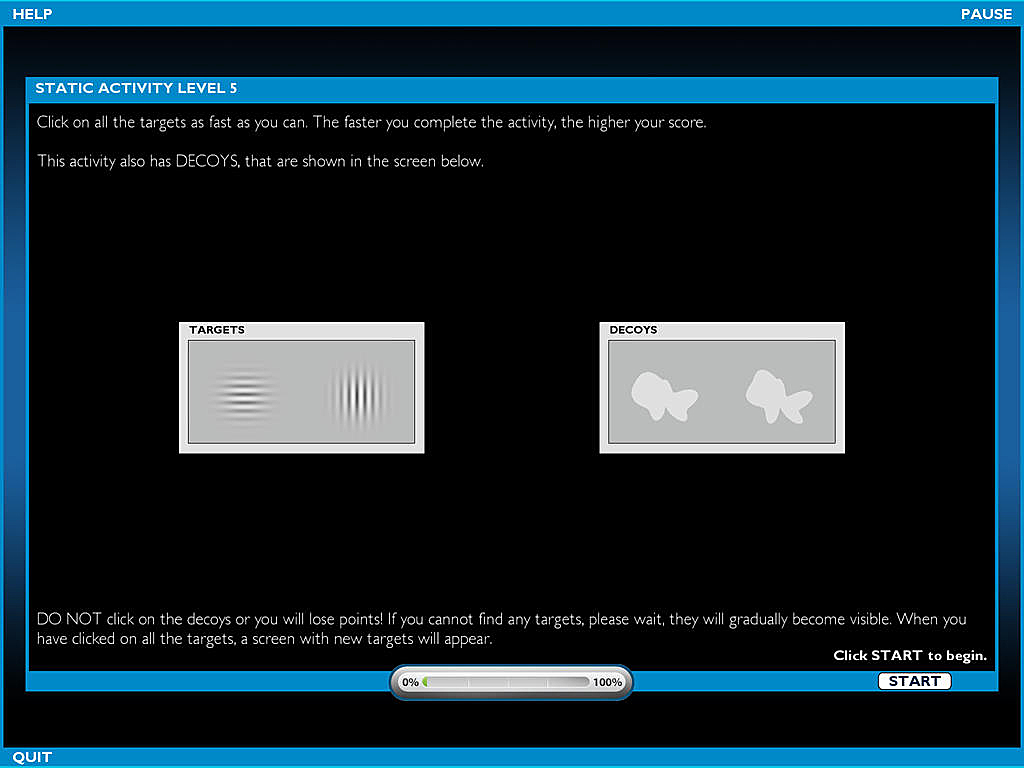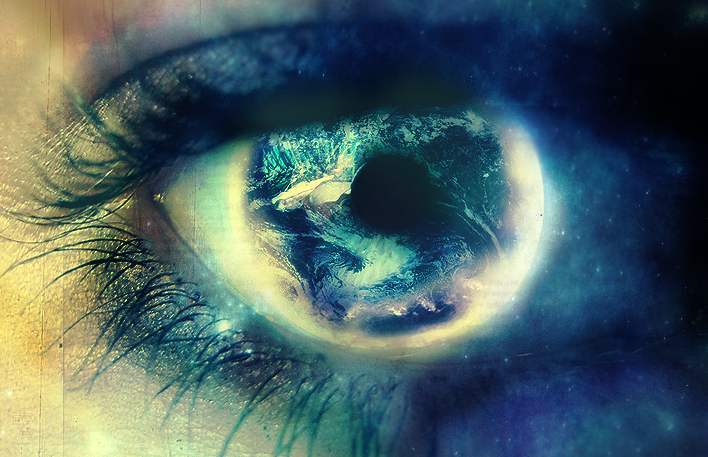Scientists have created an iPad app that can give a person superhuman vision after repeated use. Rather than changing the structure of the eye, the app works by training the brain to better process the information it receives from the eye.
Researchers at the University of California, Riverside tested the app UltimEyes on 19 players on the school’s baseball team. After 30 25-minute sessions over the course of 2 months, the app lengthened the distance at which the players could see clearly by an average of 31 percent. Most of the players had their vision improve beyond normal 20/20, and seven of the players were able to achieve 20/7.5 vision. This means that they could see something at 20 feet away that a person with normal 20/20 vision could only see at 7.5 feet away.

The app taps into a concept known as neuroplasticity which is related to how the adult brain can adapt and be re-wired. Eyes subtly change over time, but the brain constantly adjusts for these changes The app essentially trains the brain to make the right changes. Scientists hope to tap into the concept to tackle other issues like improved hearing and memory.
Ultimeyes is currently available for $5.99 at ultimeyesvision.com
Read more at Popular Mechanics


